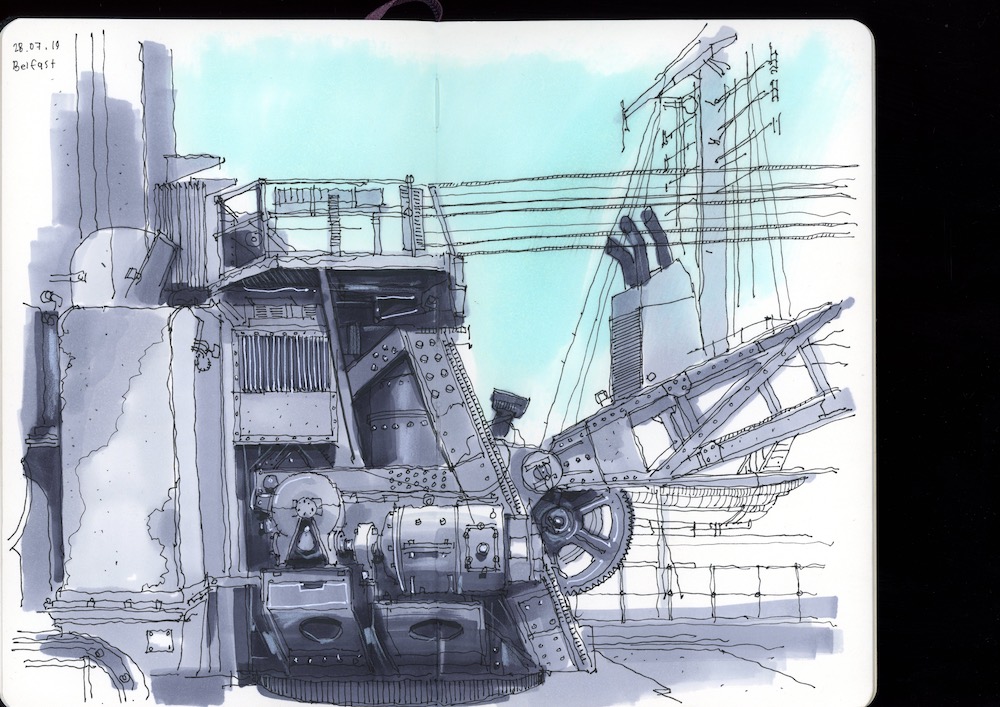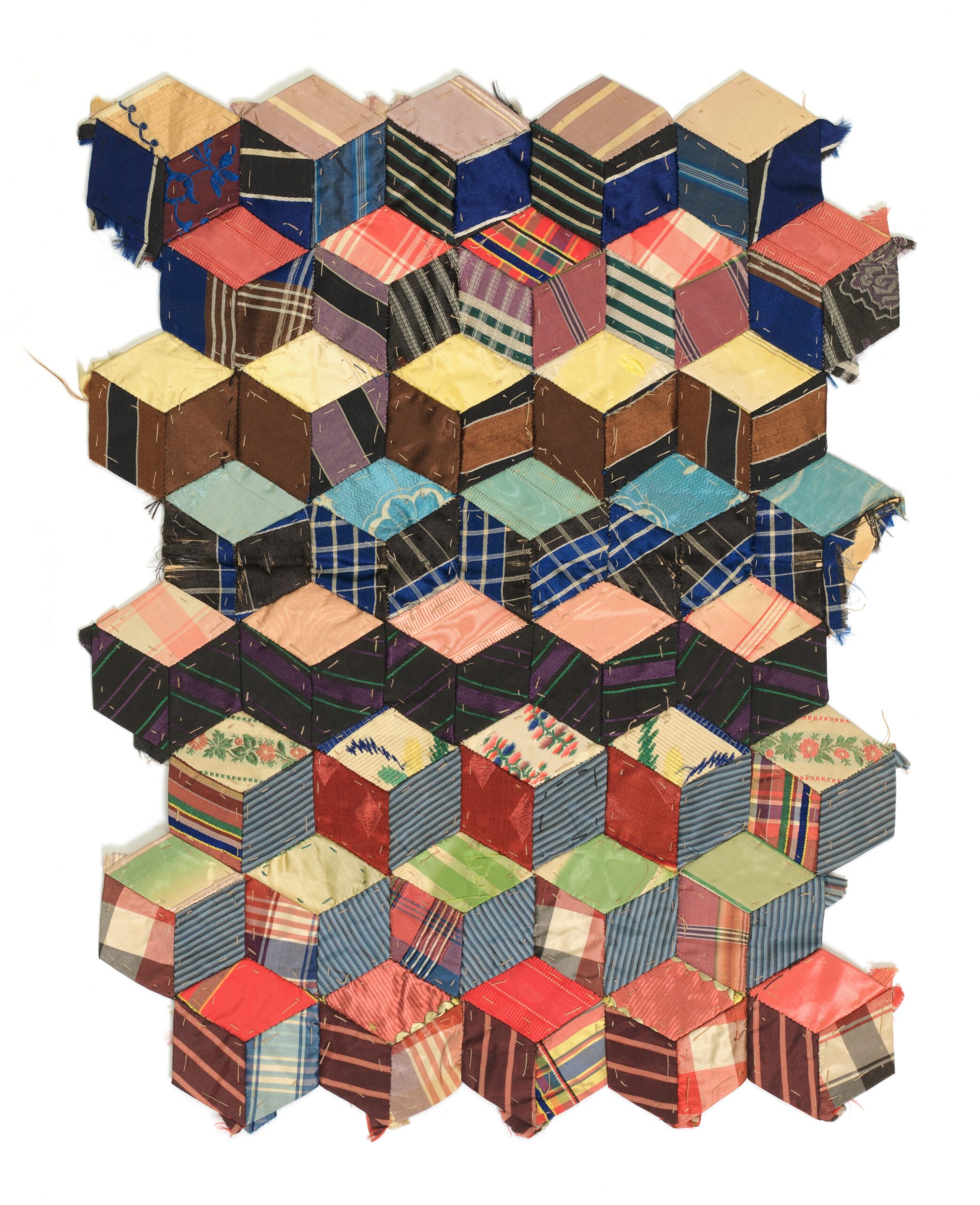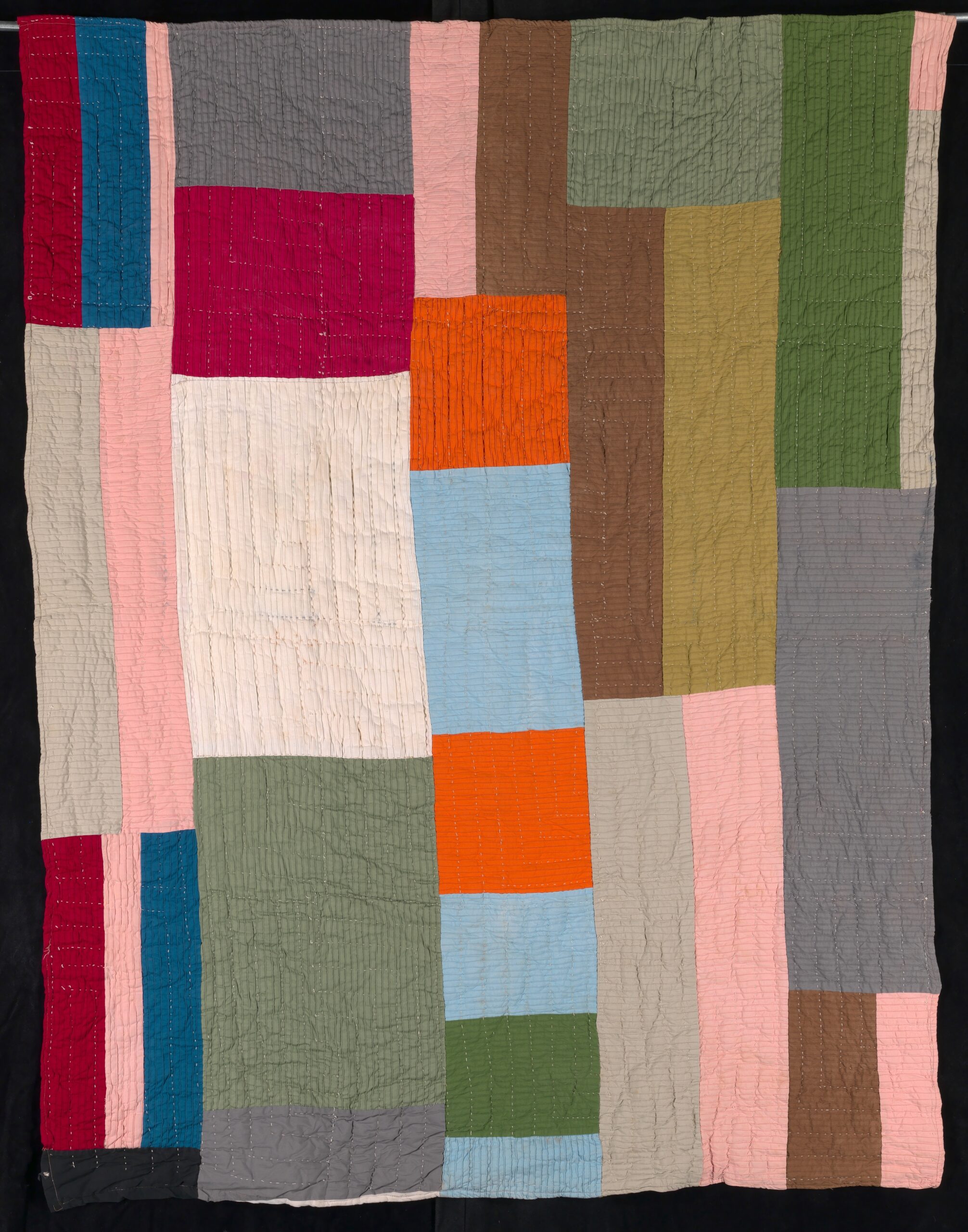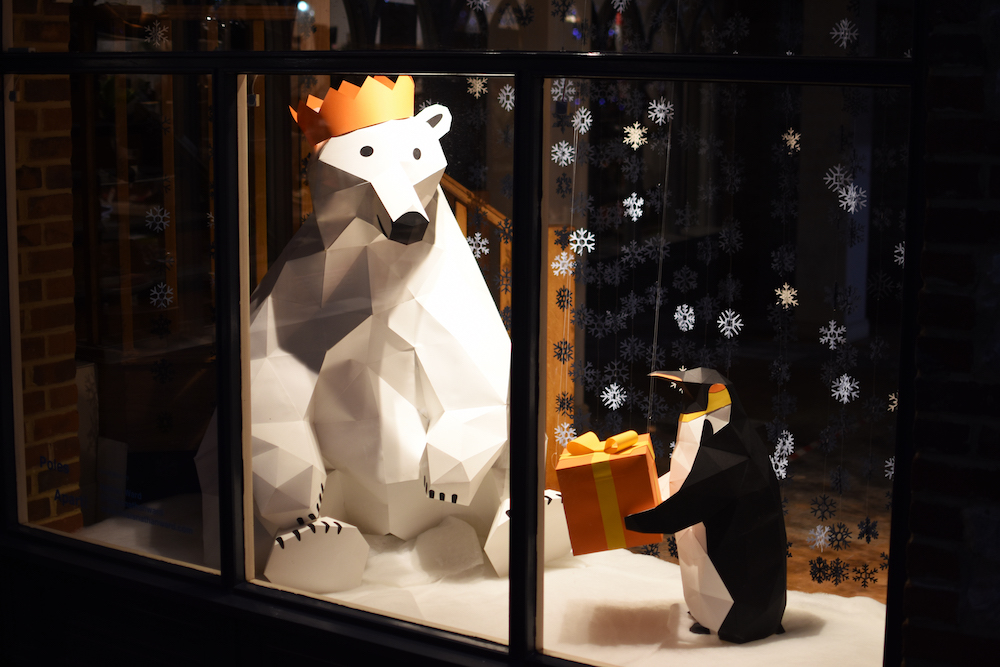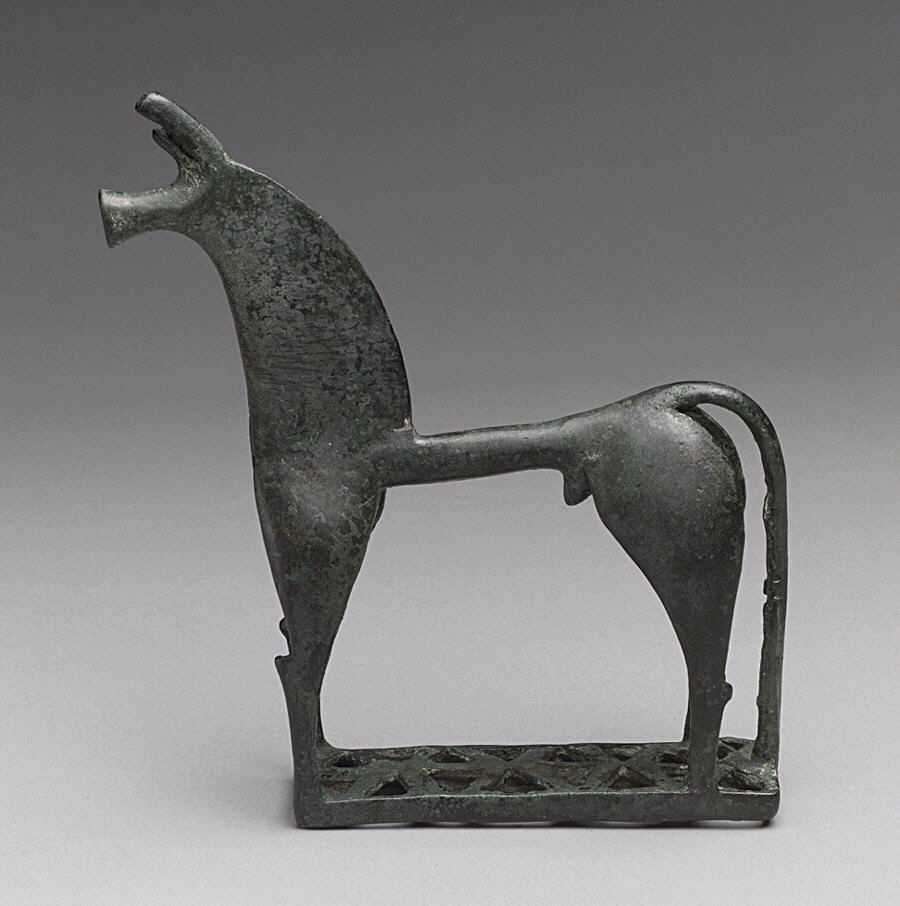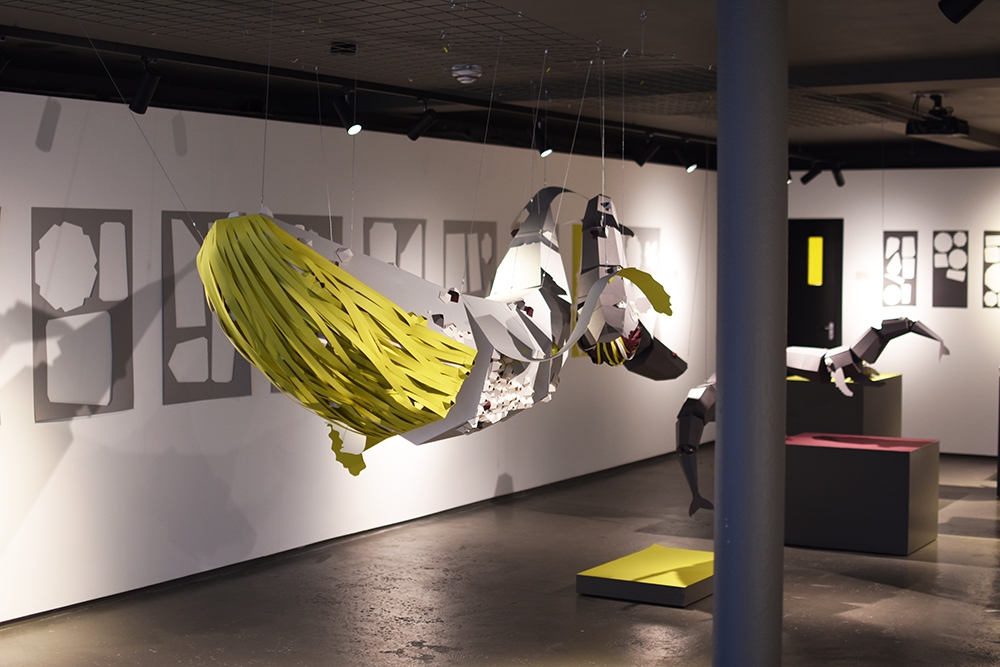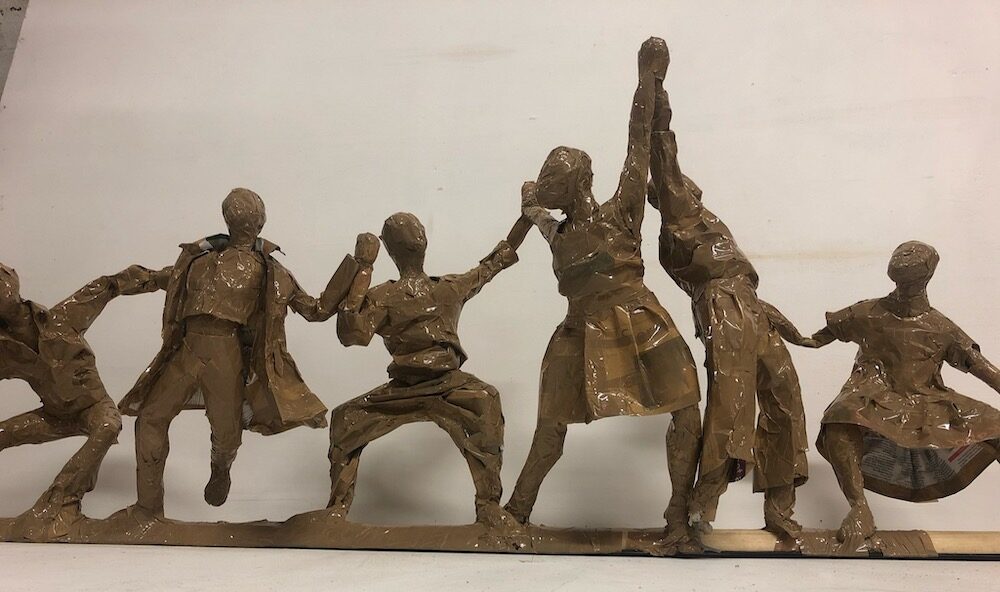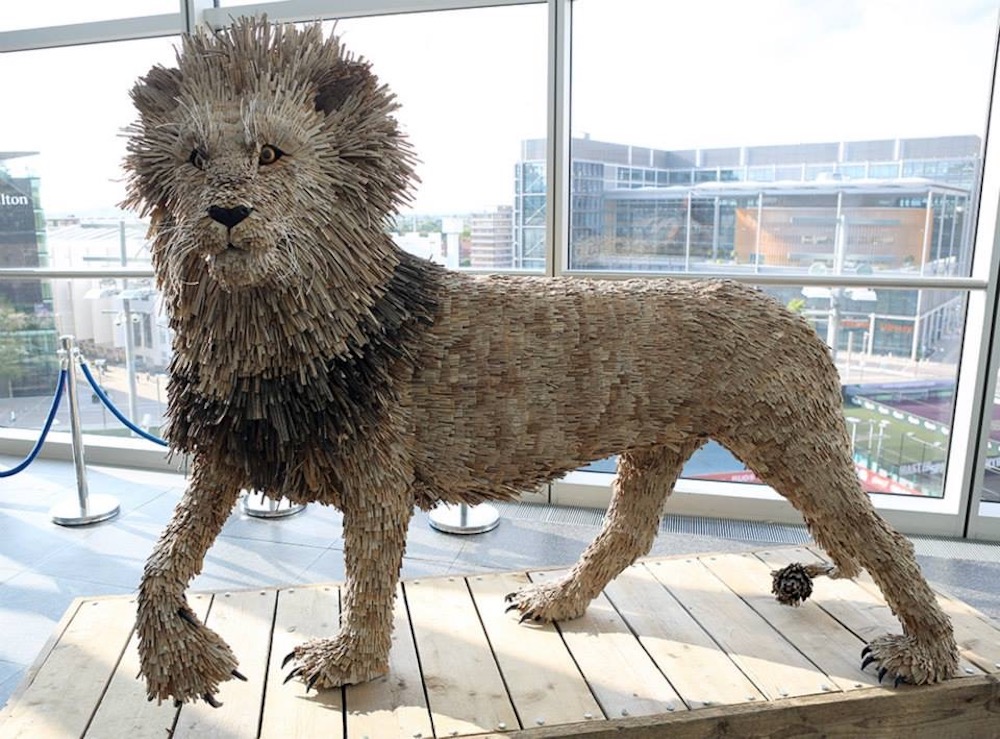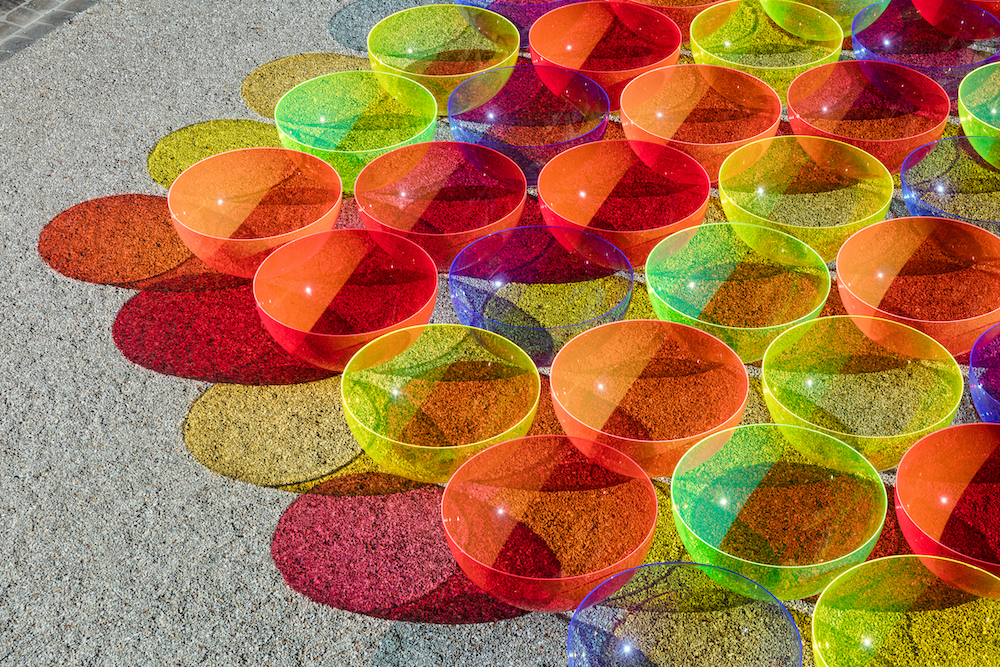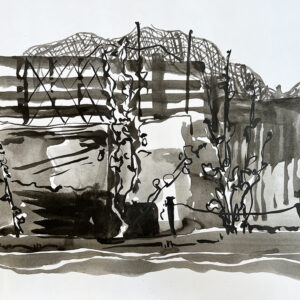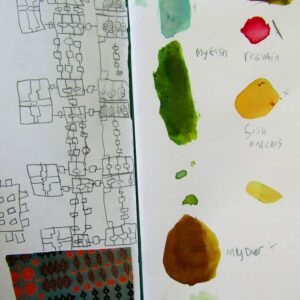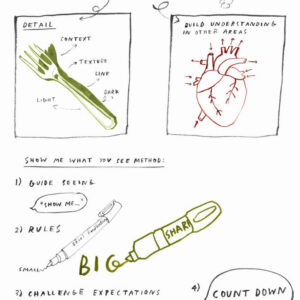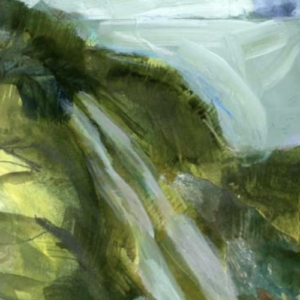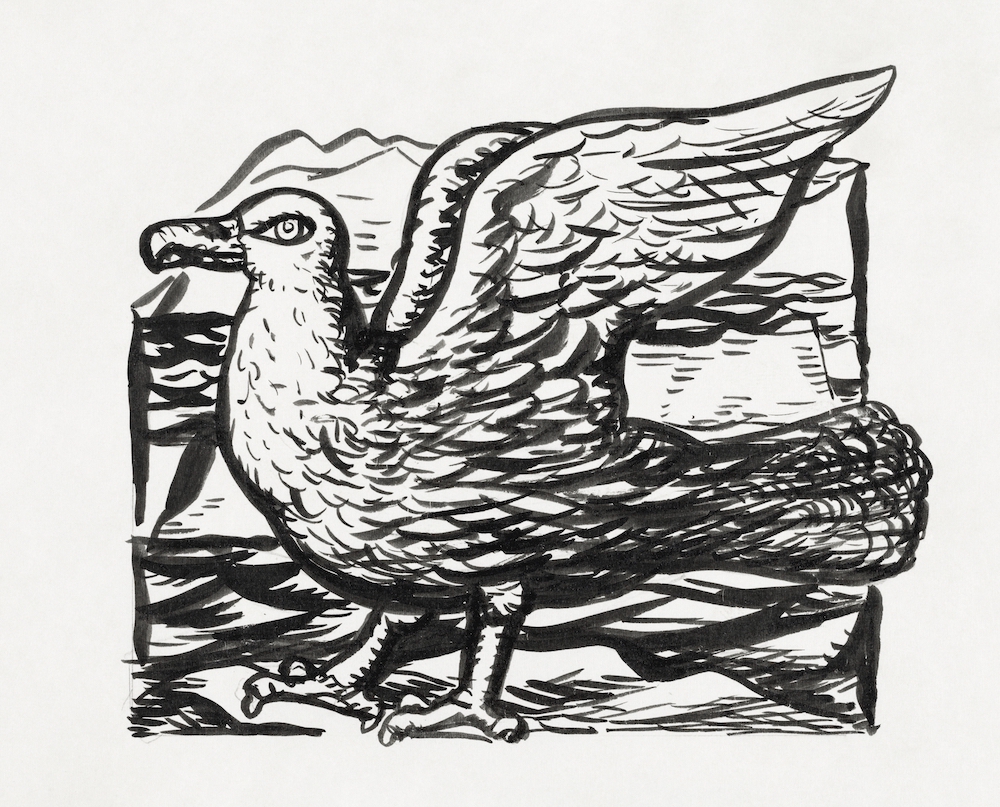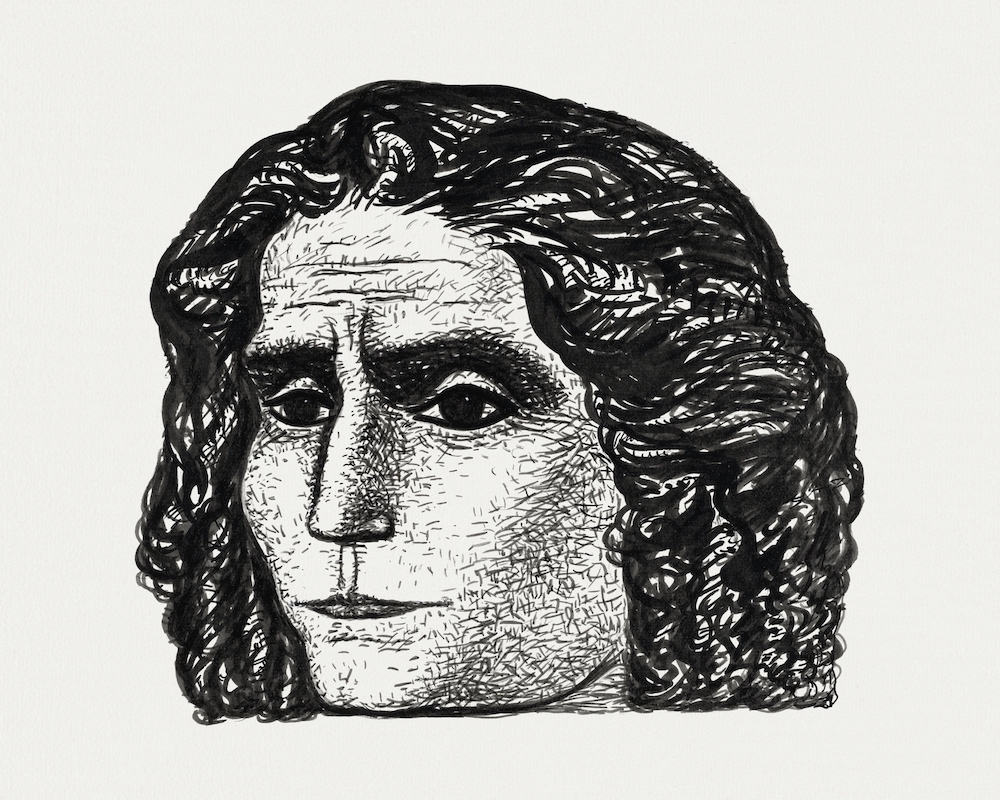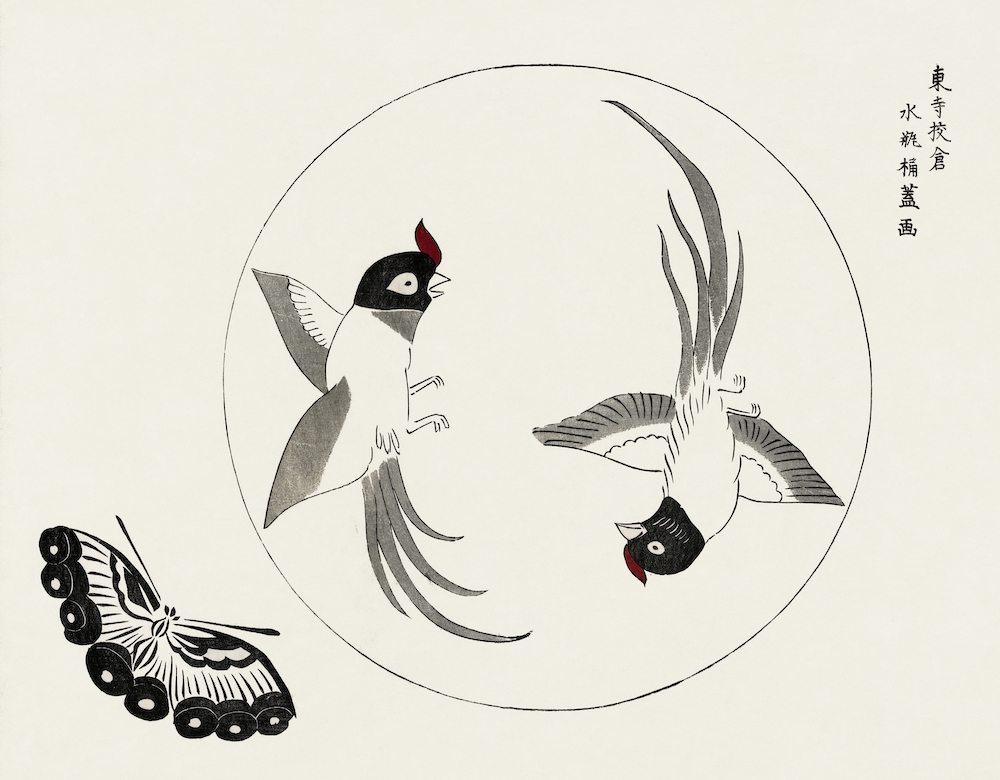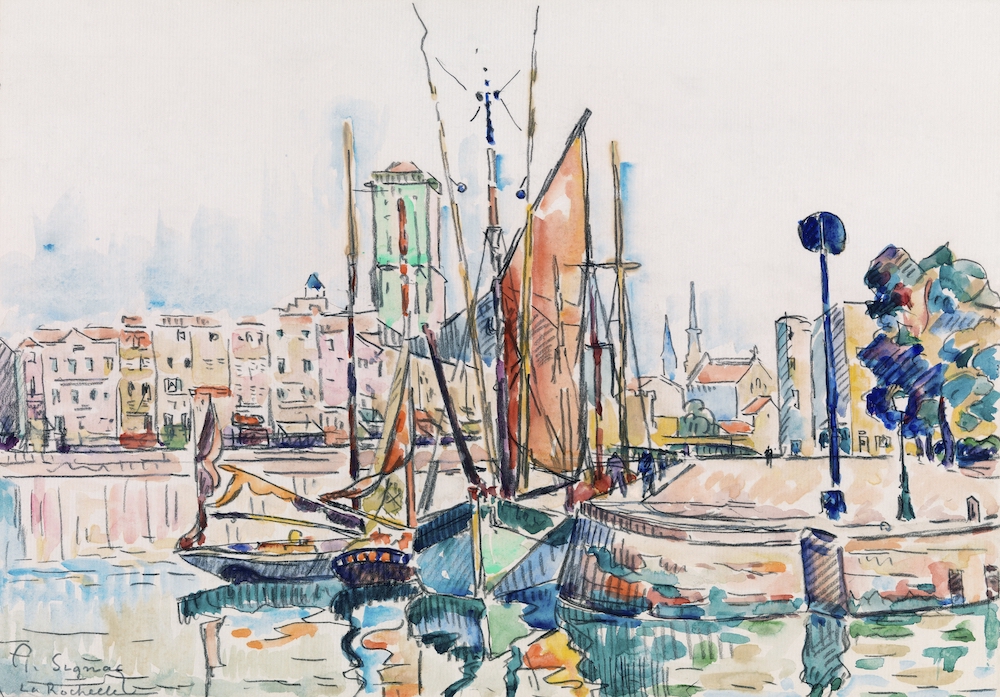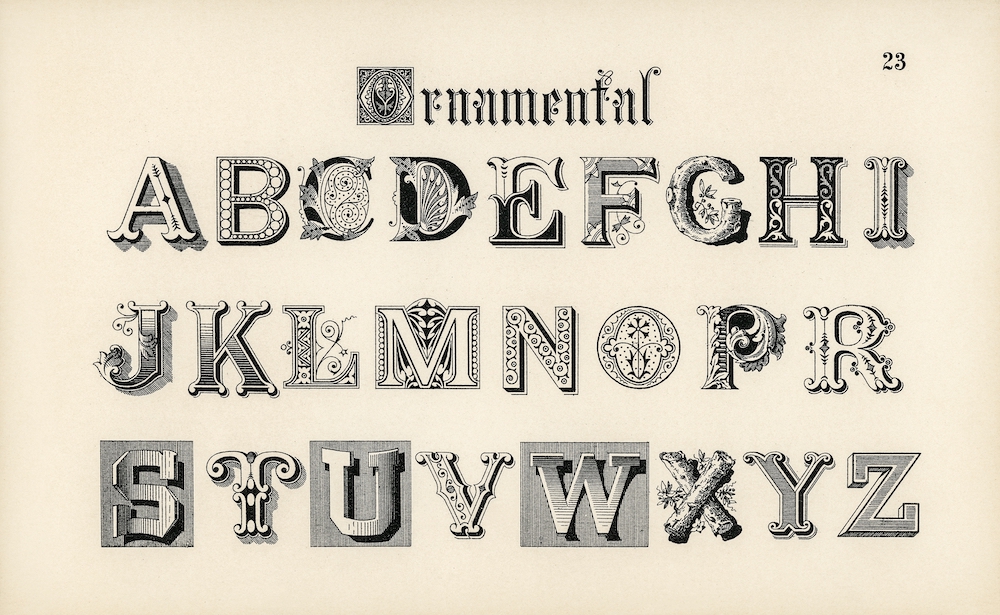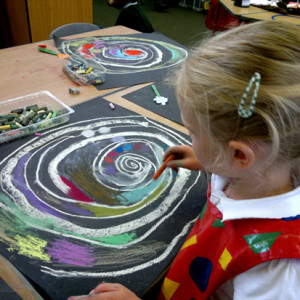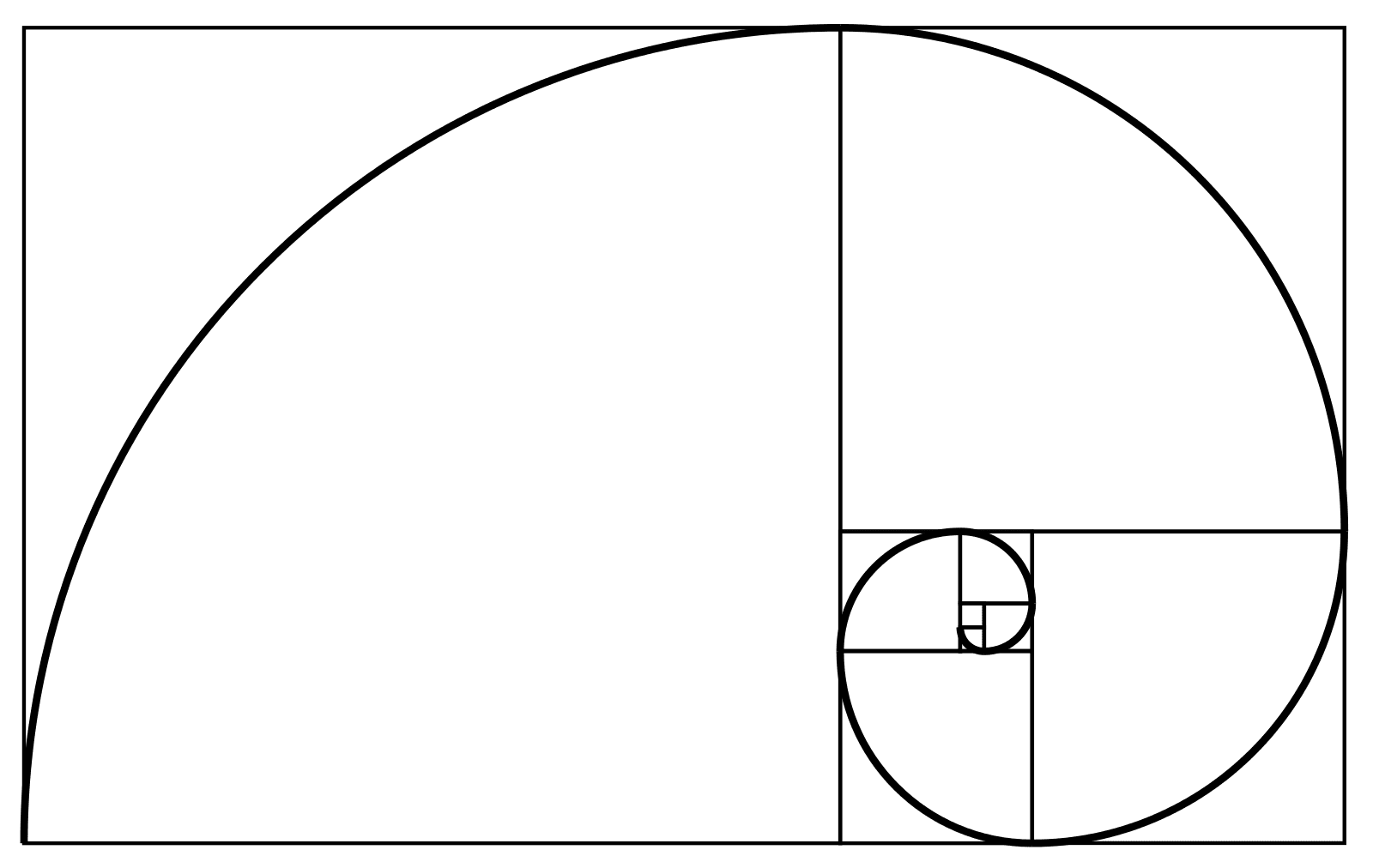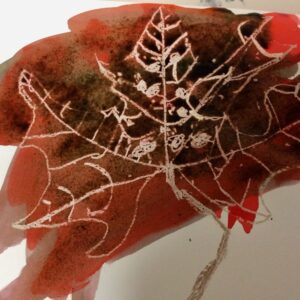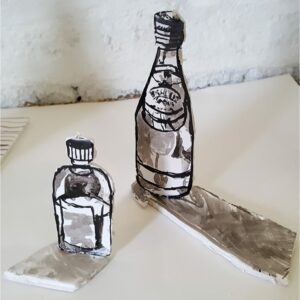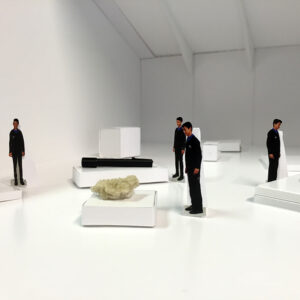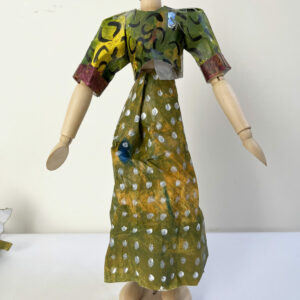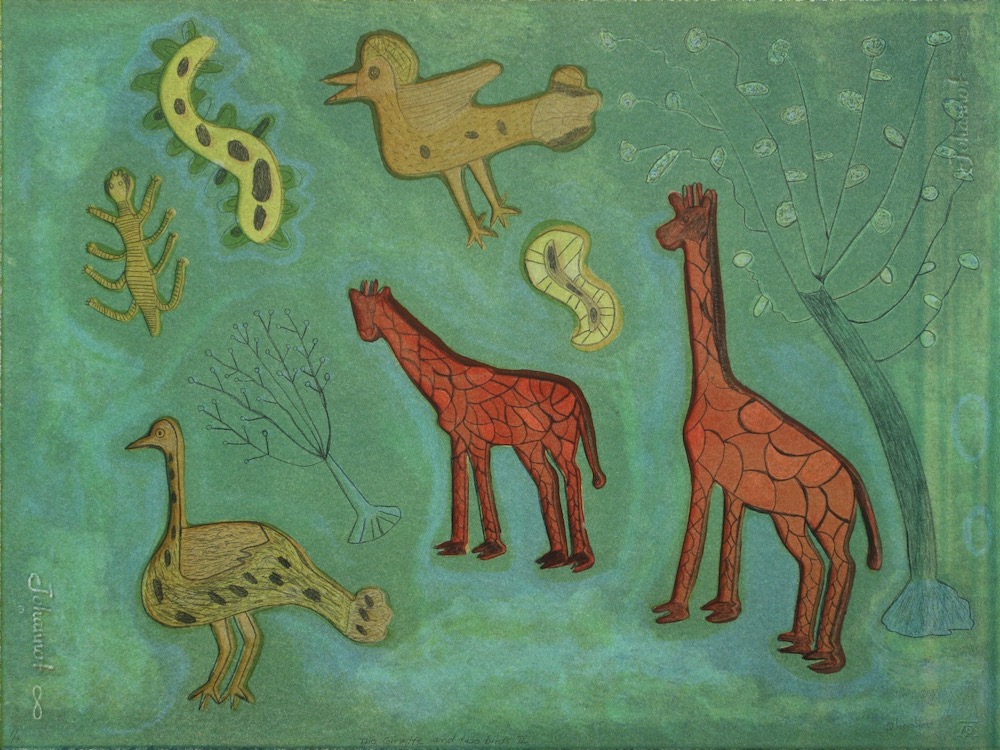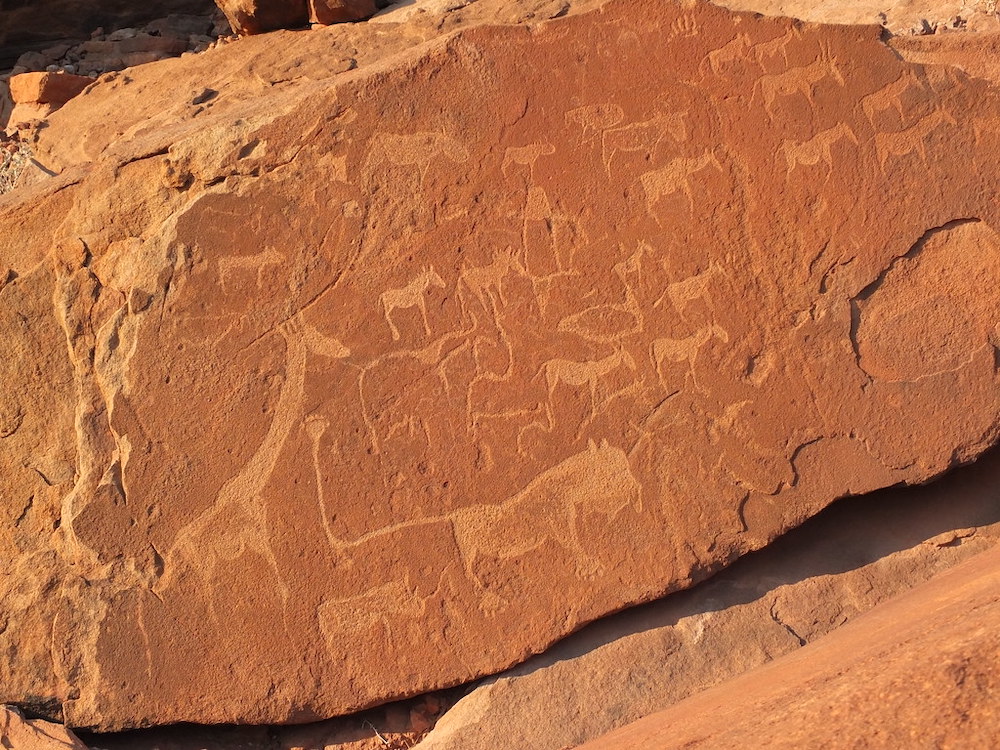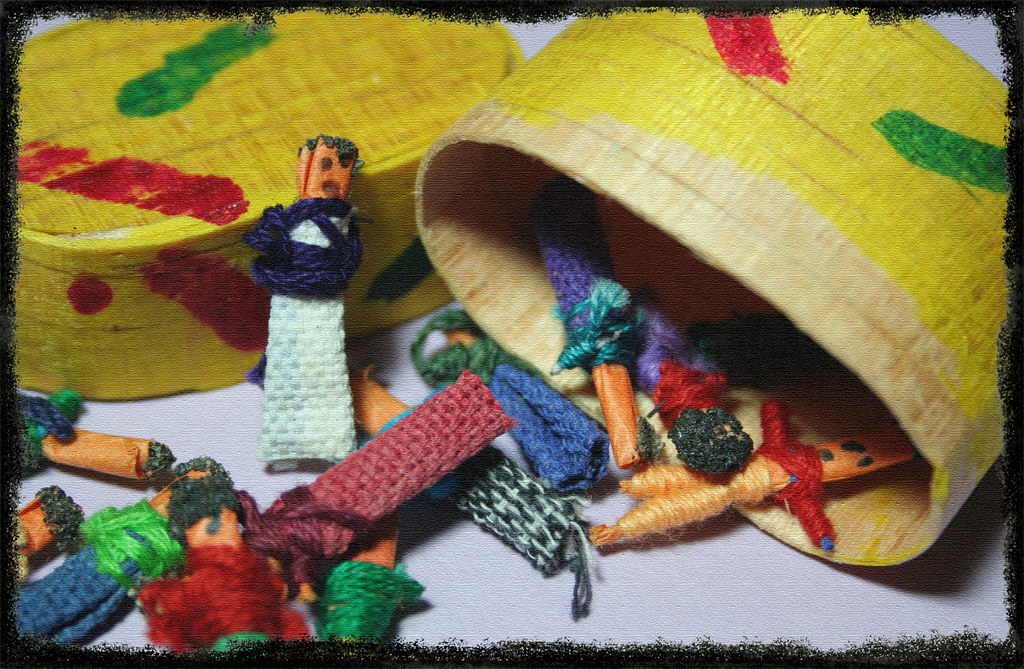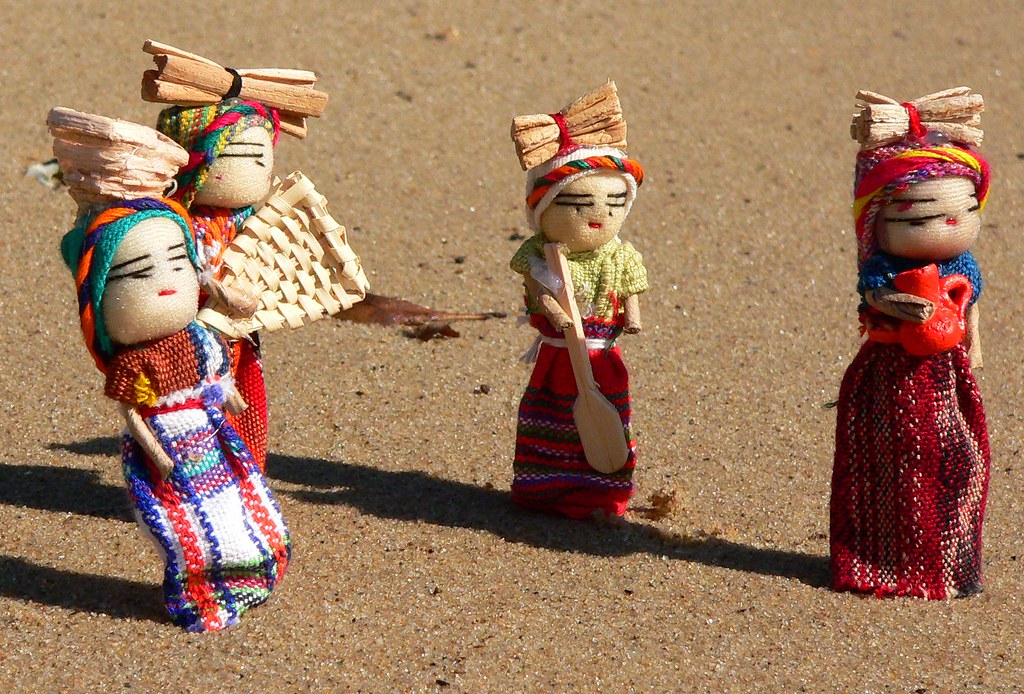A collection of imagery and sources designed to introduce children to using their whole bodies to respond to paintings.
Please note that this page contains links to external websites and has videos from external websites embedded. At the time of creating, AccessArt checked all links to ensure content is appropriate for teachers to access. However external websites and videos are updated and that is beyond our control.
Please let us know if you find a 404 link, or if you feel content is no longer appropriate.
We strongly recommend as part of good teaching practice that teachers watch all videos and visit all websites before sharing with a class. On occasion there may be elements of a video you would prefer not to show to your class and it is the teacher’s responsibility to ensure content is appropriate. Many thanks.
*If you are having issues viewing videos it may be due to your schools firewall or your cookie selection. Please check with your IT department.*
This resource is free to access and is not a part of AccessArt membership.






Dancing to Art by Tate Gallery
“Corali, a leader in dance created by artists with a learning disability, have worked with Tate since 1998 and are experts in creatively taking up space in our galleries. We invited Paul, Sherri, Bethan and Dj from Corali to design performances in response to four artworks at Tate Britain. We wanted to show what happens when people have the freedom to enjoy the gallery however they want, and how this can open up new ways of responding to art.” – Tate Youtube
Watch the video with the pupils, and look at the images below. Find out how you can respond to art through dance.
![]()
Improvisation 35 (1914) painting by Wassily Kandinsky
![]()
Claude Monet’s Impression, Sunrise (1872) famous painting. Original from Wikimedia Commons.
Questions to Ask Children
What movement might you use to describe a windy day?
What movement would you use in response to the colour red? Blue? Green? Black?
Use your whole body to make a movement that represents an atmosphere or an emotion, such as gloomy, peaceful, excited…
How would you use your body to respond to a spikey / straight / curved line?

